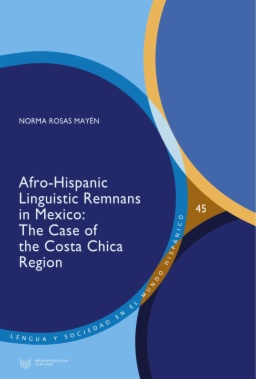

In the last decades, the study of Afro-Spanish varieties that developed during the Colonial period in the Americas has seduced many scholars. The analysis of these Afro-Hispanic speech patterns is crucial to determine their creolized or non-creolized status, as well as to understand the scarcity of the Spanish-based creoles in the Americas. The present study contributes to this linguistic field by analyzing the current speech of the Afro-Mexicans of the Costa Chica region, one of the largest Afro-Mexican enclaves, while proposing a Rhizomatic Linguistic Model to interpret data derived from contact situations. This investigation not only accounts for the Afro-Hispanic linguistic remnants of this Spanish variety, but also examines the current linguistic characteristics and sociolinguistic status of this speech area on the brink of extinction. In addition, this book advocates on behalf of those Costa Chica Afro-Mexican communities that have been stigmatized and customarily ignored in Mexico’s nation-state politics.